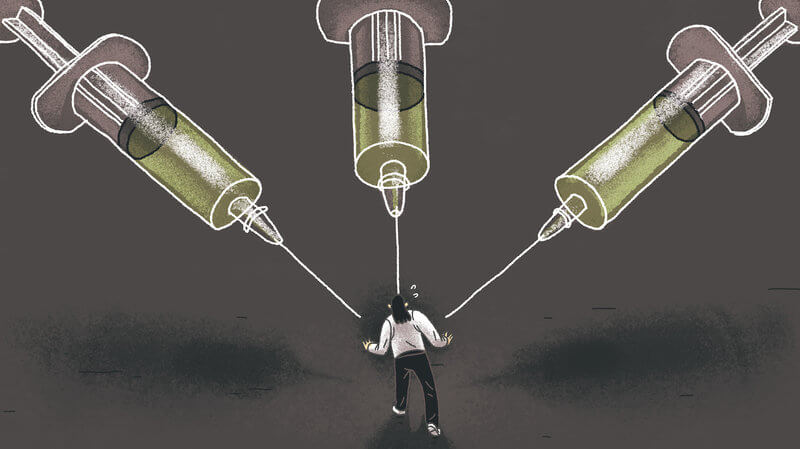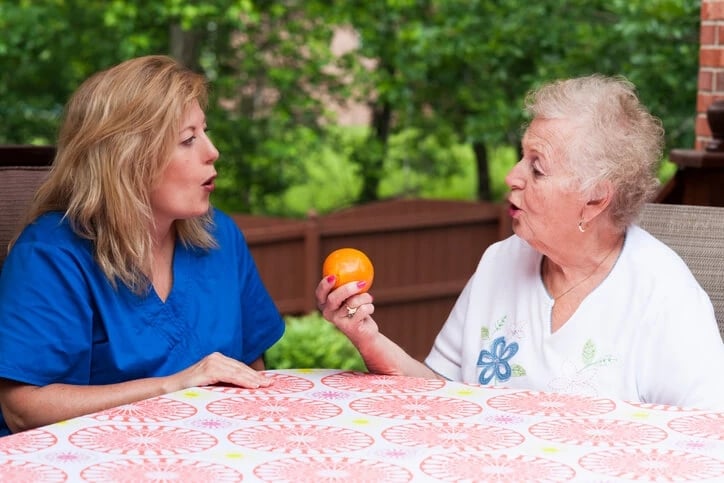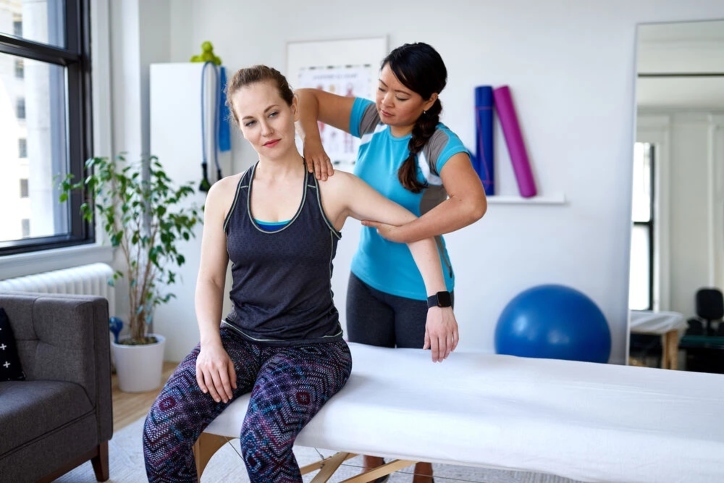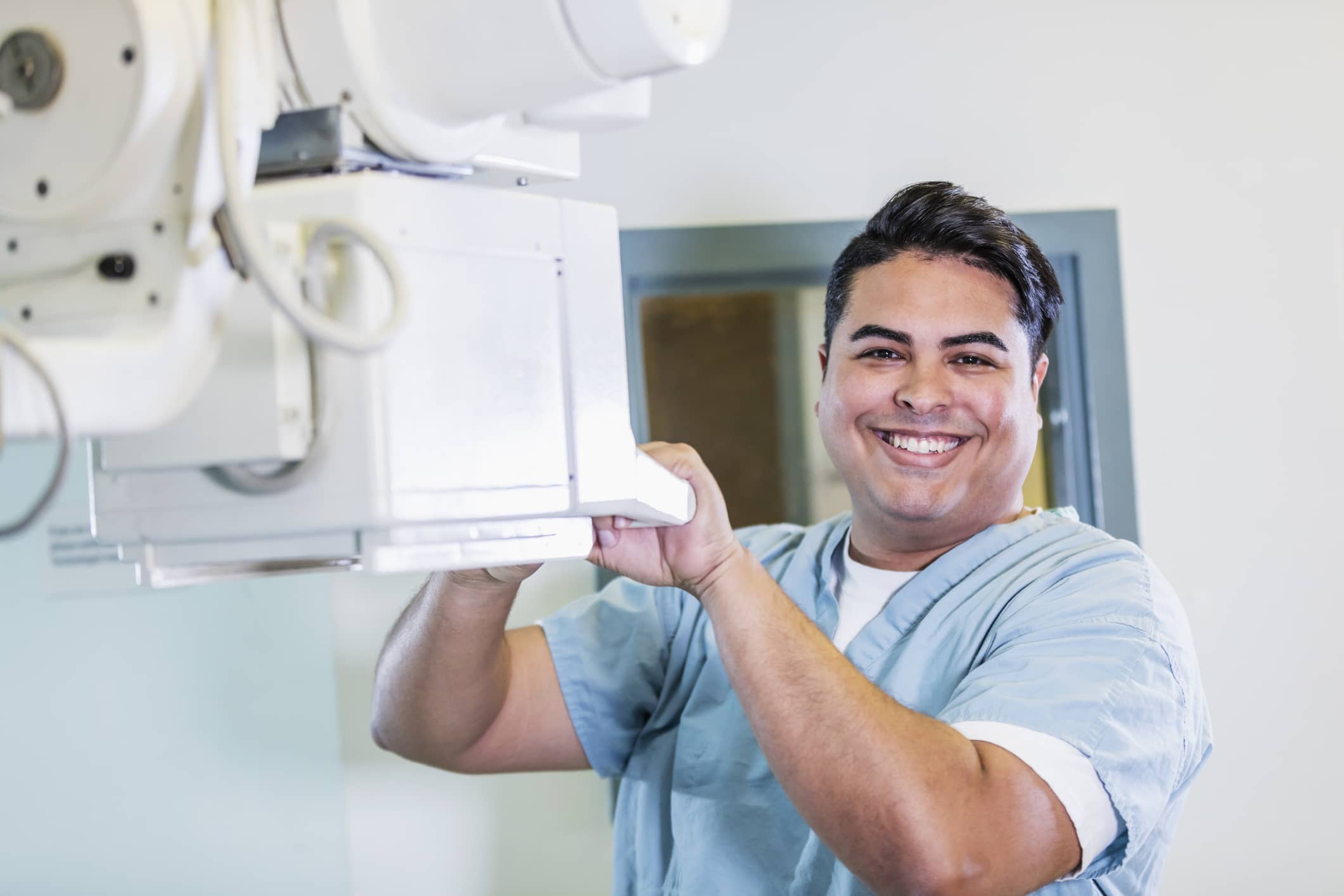
Needle Safety: What to Do Before and After a Needlestick Injury
Conservative estimates suggest U.S. health care workers--across all settings--receive over 600,000 needle stick injuries each year, half of which go unreported. This includes an average of 1,000 needle sticks and other sharps injuries each day in U.S. hospitals.
The circumstances surrounding each exposure are unique, and so are the corresponding risks. Nurses historically have sustained 49 percent of all percutaneous injuries. Still, all healthcare workers are at risk, and the single largest risk factor for an individual’s safety is not knowing what to do once a needlestick injury occurs.
 This lack of basic knowledge can significantly increase the risk of seroconversion after exposure to a pathogen.
This lack of basic knowledge can significantly increase the risk of seroconversion after exposure to a pathogen.
Time is another critical factor after a needlestick injury; however, hectic hospital and emergency room environments sometimes lead to shortcuts, which ultimately place healthcare workers and patients at even greater risk.
We’ve summarized the latest guidelines to help you prevent needlestick injuries, as well as how to treat and follow-up should an injury occur.
Preventing needlestick injuries
a.) Get vaccinated against diseases such as Hepatitis A and B; schedule periodic blood tests to monitor immunity and get boosters when necessary;
b.) Ensure the room you’re working in is well lit;
c.) Be mindful of potential distractions before working with syringes;
d.) Do not put hands where visibility is constrained, e.g., bed linens, trash bins;
e.) Cover existing cuts or abrasions with a waterproof bandage;
f.) Wear appropriate clothing and protective gear;
g.) Dispose of needles and sharps safely in appropriate containment systems;
h.) Do not recap needles using two hands; use the one-handed needle-capping technique instead;
i.) Promptly clean up any spills of bodily fluids while wearing gloves;
j.) Wash hands after direct contact with patients.
Treating needlesticks and other sharps injuries
a.) Wash the wound gently with soap and water: do not scrub the wound, which can worsen the injury.’
b.) Mucous membranes should be flushed with water or other sterile products;
c.) Do not apply suction/pressure or antiseptics--no evidence expressing blood from the wound or applying antiseptics will reduce the risk of transmission; however, antiseptic use is not contraindicated;
d.) Dry and cover the wound with a sterile dressing or bandage;
e.) Wash any other splashes of bodily fluids from your body with soap and water;
f.) Remove or change any potentially contaminated clothing;
g.) Seek medical attention immediately, discuss possible disease exposures, and get blood tests (including from the source patient) to determine if additional treatment is necessary;
h.) Get tetanus shot and any appropriate antibiotics, antiretrovirals, or post-exposure prophylaxis (PEP)--ideally within an hour of the exposure
i.) Request a written recovery plan or schedule from the treating physician to outline any necessary follow-up tests based on the unique circumstances and risks associated with your particular exposure

Follow-up steps
a.) Follow the established protocol in place at the hospital or other facility where the exposure occurred or treatment was sought;
b.) Complete an incident report and submit it to the appropriate occupational safety and health or infection control personnel:
• Date and time of exposure
• Procedure performed at the time of exposure
• Type of device(s) used
• Type and severity of exposure
• Source patient risk factors
• Your health status, including vaccinations received, prescriptions taken, pregnancy status, and any other relevant conditions or information
c.) If working on an assignment, contact your staffing agency as soon as possible and follow any specific guidelines they provide;
d.) Comply with the recovery plan devised by your care provider, e.g., retest for HIV or hepatitis exposure at appropriate intervals, and document all medically necessary follow-up testing and procedures
e.) Seek counseling to address any emotional impacts resulting from your injury;
f.) Review policies pertaining to your employee rights and responsibilities and your employer’s obligations to injured employees;
g.) Work with appropriate personnel at your hospital or care facility to review existing safety protocols and ensure they’re up-to-date, prominently displayed, and routinely communicated to all staff.
Resources:
What If A Needle sticks you? - Modern Medicine
What Should I Do If I Get a Needlestick? - The Hospitalist
Needlestick Safety and Prevention Study Module - ANA
Needlestick Safety and Prevention Act Summary - ANA
Preventing Needlestick Injuries in Healthcare Settings - NIOSH
Preventing Needlestick Injuries Among Healthcare Workers - WHO/ICN
How to Prevent Needlestick and Sharps Injuries - NIOSH
Additional Allied Healthcare Resources:
- AMN Passport: Our all-in-one allied app for booking allied travel jobs.
- Refer-a-Friend: Make up to $2,000 per referral.
Latest News
Changing Specialties as an NP: When to Make the Move and How to Do It
However, switching specialties as a nurse practitioner is not a decision to take lightly. Whether you're seeking more professional fulfillment, better work-life balance, or a chance to advance
How to Secure the Best Locum Tenens Physician Assistant Job
For physician assistants (PAs), locum tenens jobs offer unique opportunities within the world of healthcare. These roles provide flexibility, competitive pay, diverse professional experiences, and
Debunking Common Myths About CRNAs
Certified Registered Nurse Anesthetists (CRNAs) play an indispensable role in healthcare. They provide safe and effective anesthesia care to over 50 million patients per year in the United States,
Physician Assistant Specialties in Demand: Top Fields to Consider
If you're considering specializing or transitioning within your PA career, knowing which fields are in the highest demand can help propel your professional growth.
Nurse Practitioner Trends to Watch in 2025
The role of the nurse practitioner (NP) has never been more vital or celebrated. With a growing focus on value-based care, the increasing demand for healthcare providers, and the continuous
States with the Highest Paying CRNA Jobs in 2025
If you're a CRNA (or an aspiring one) seeking top-dollar opportunities, knowing which states offer the highest salaries can help focus your job search—whether you're settling down or
A Psychiatric NP’s Guide to Managing Patients with Complex Psychiatric Conditions
Psychiatric Nurse Practitioners (NPs) are at the forefront of mental health care, providing expert care to patients managing a wide range of psychiatric disorders. With the growing demand for
How PAs Can Take the Lead in Patient Advocacy
Physician assistants (PAs) wear many hats—clinician, teacher, collaborator, and more. But one of the most impactful roles they play, often overlooked, is that of a patient advocate. Advocacy











